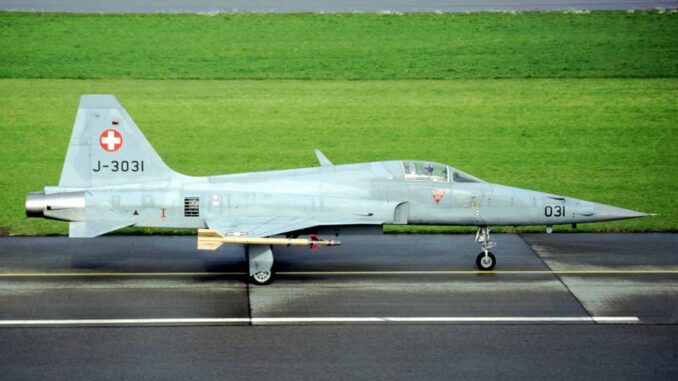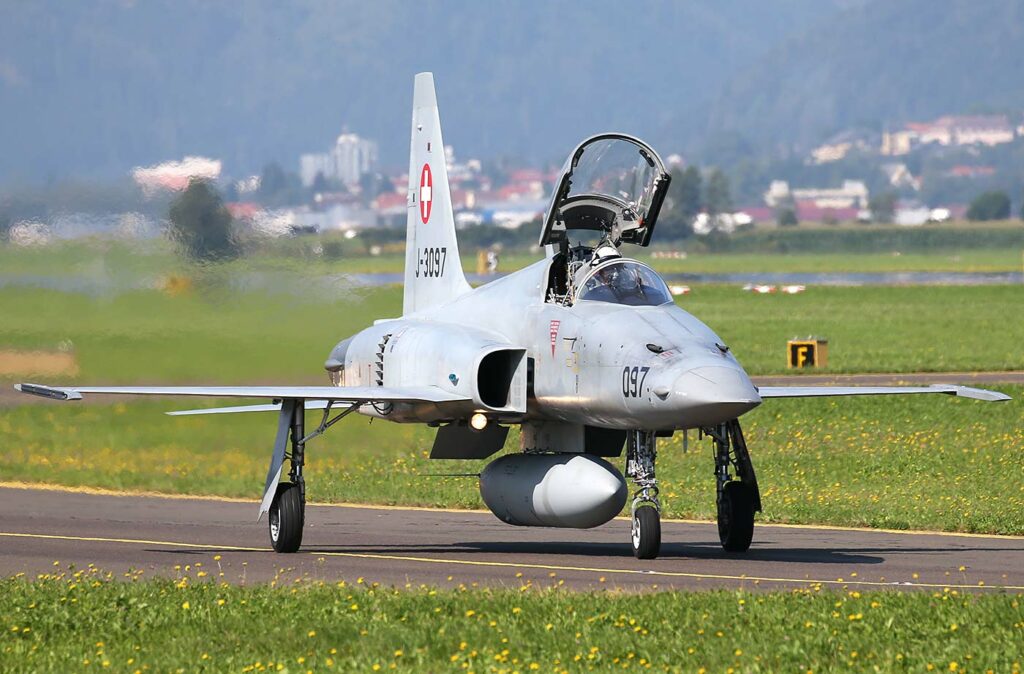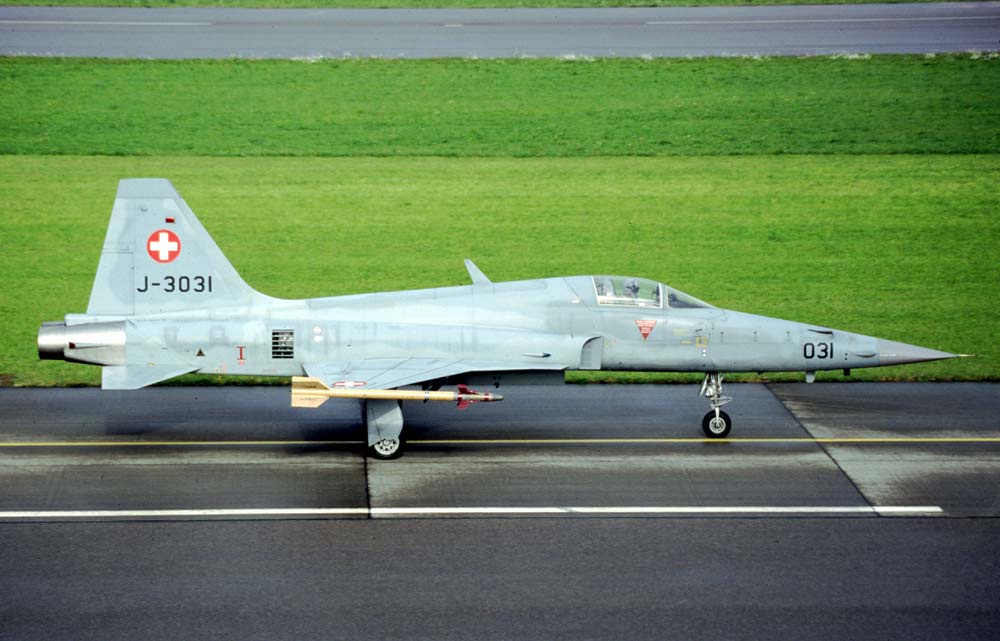
The Swiss Air Force plans to retire its F-5 Tiger aircraft in 2027, impacting Patrouille Suisse. Find out about plans for the transition to the F-35.
The Swiss Air Force is preparing for a historic turning point with the scheduled retirement of its Northrop F-5 Tiger fighter jets in 2027. This decision marks the end of the era of the famous Patrouille Suisse aerobatic team, synonymous with precision and performance in European skies. The withdrawal of the F-5 comes against a backdrop of modernization, with the first Lockheed Martin F-35 Joint Strike Fighter expected in 2028. This transition raises a number of strategic, economic and operational issues.

Background and strategic implications
Swiss commanders, after a rigorous assessment, concluded that maintaining the F-5 Tiger fleet was neither viable nor justifiable, given budgetary, personnel and infrastructure constraints. These aircraft, which no longer meet modern air surveillance requirements due to their obsolete sensors and armaments, are now limited to secondary roles such as target towing, training and flight displays.
The retirement of the F-5s also means the dissolution of Patrouille Suisse, which has been operating these aircraft since 1994. This change symbolizes a major evolution in Swiss military aviation tradition, but also paves the way for a new, technologically advanced era with the planned introduction of the F-35.
Operational consequences and alternatives
The F/A-18 Hornet fleet will continue to operate until its complete replacement by the F-35, scheduled for 2030. This transition management ensures the continuity of flight operations and the preservation of Switzerland’s defensive capabilities. With the retirement of the F-5, resources can be redeployed and efforts focused on integrating and optimizing the new F-35 aircraft, in line with contemporary air combat standards.
The proposal to transform the Air Force’s PC-7 aerial demonstration team, which currently uses Pilatus PC-7 turboprop trainers, into the flagship aerobatic team, suggests a pragmatic adaptation to new budgetary and operational realities. This reflects a rational approach, enhancing the air force’s efficiency and communicative impact with the public.
Investments and economic considerations
Maintaining Patrouille Suisse operations beyond 2027 would require substantial investment in the modernization of ejection seats, avionics and navigation systems. The prospect of committing around 9 million Swiss francs to maintain a minimum operational fleet of F-5s is deemed uneconomic, especially in view of the arrival of the technologically advanced F-35.

European perspective and global implications
Patrouille Suisse is not an isolated case. Other European aerobatic teams, such as the Royal Air Force’s Red Arrows or Spain’s Patrulla Aguila, face similar challenges with aging fleets. These situations underline a wider issue facing European air forces, who are faced with the need to modernize their equipment while preserving their cultural and historical heritage.
War Wings Daily is an independant magazine.